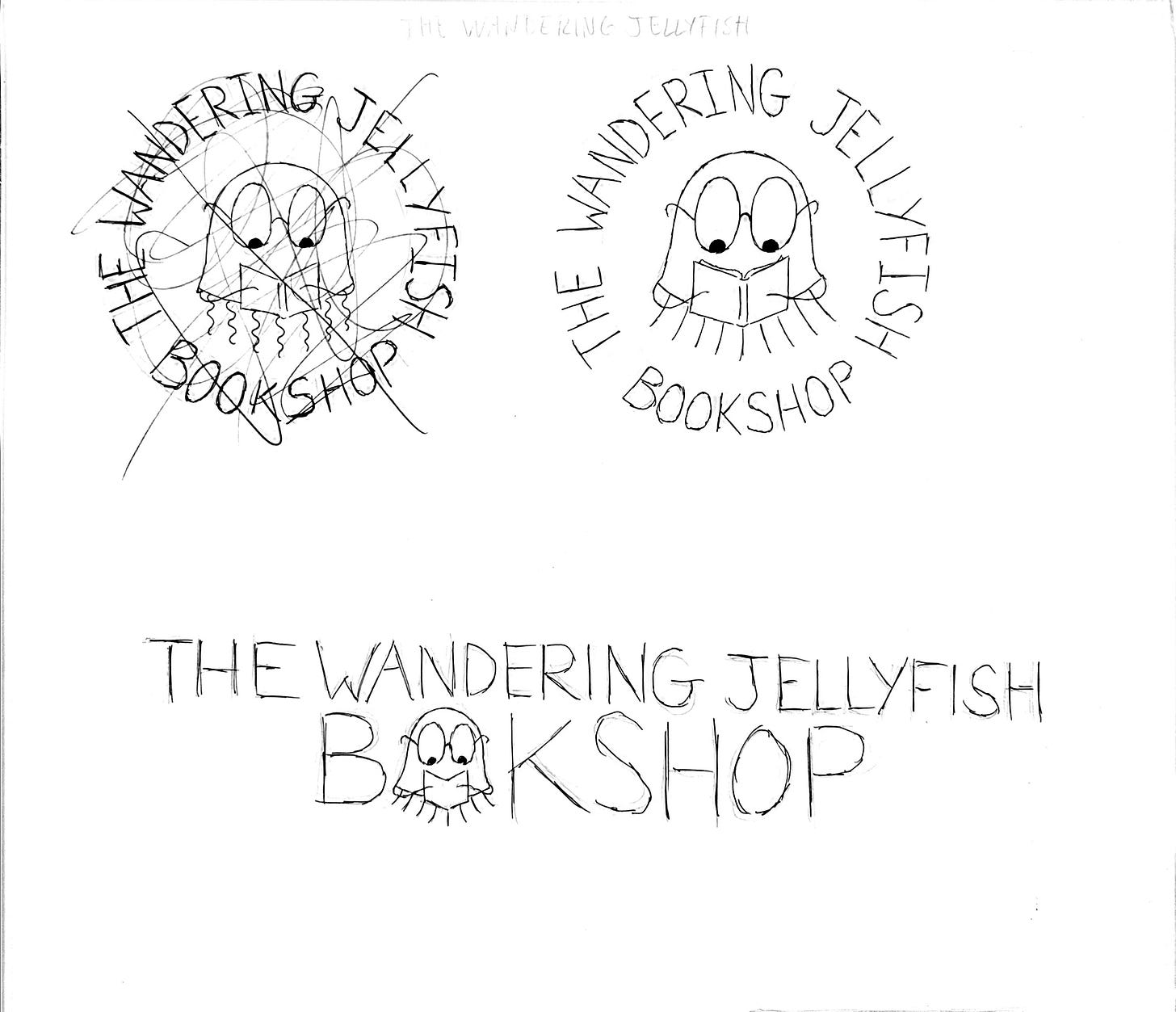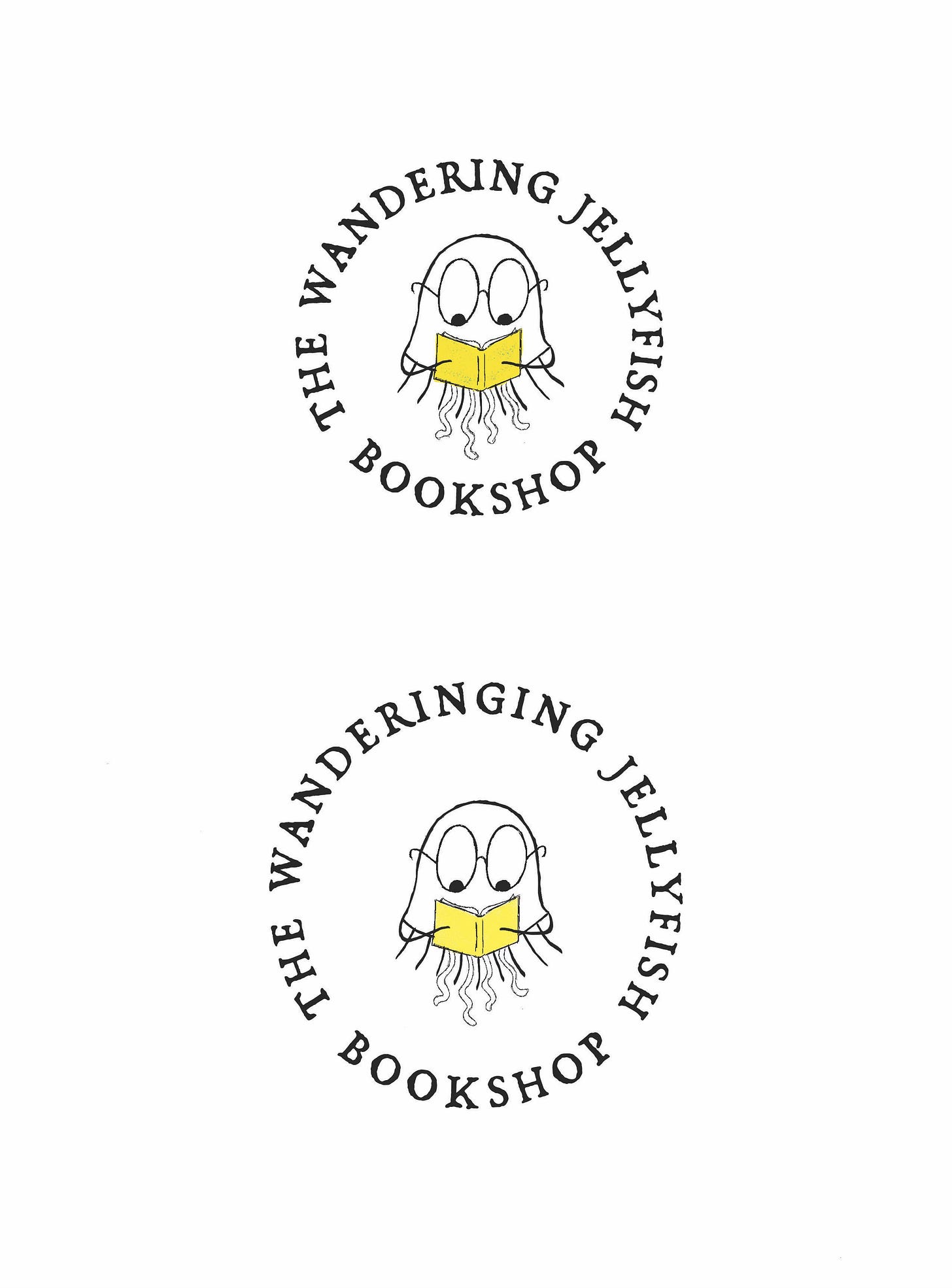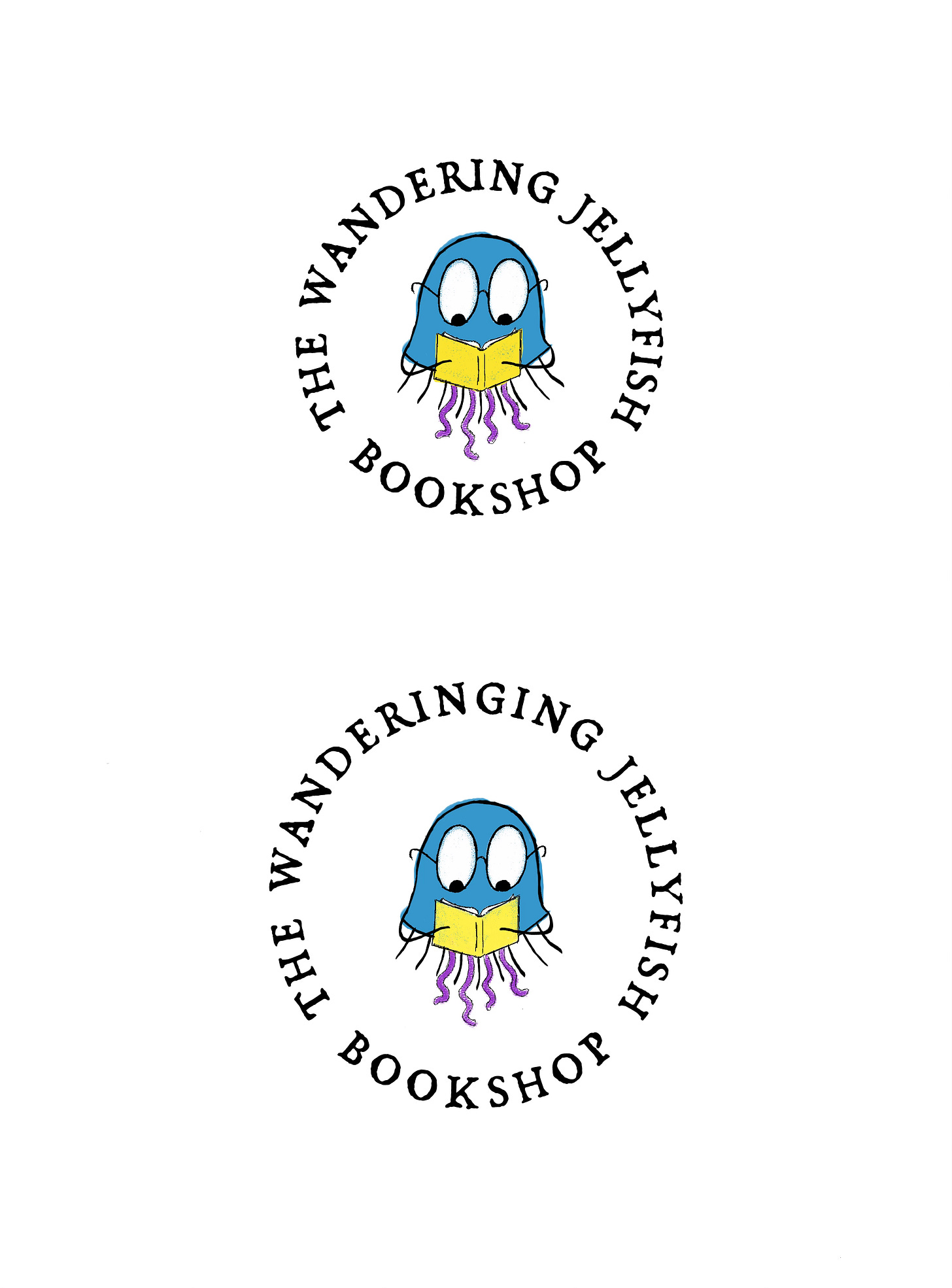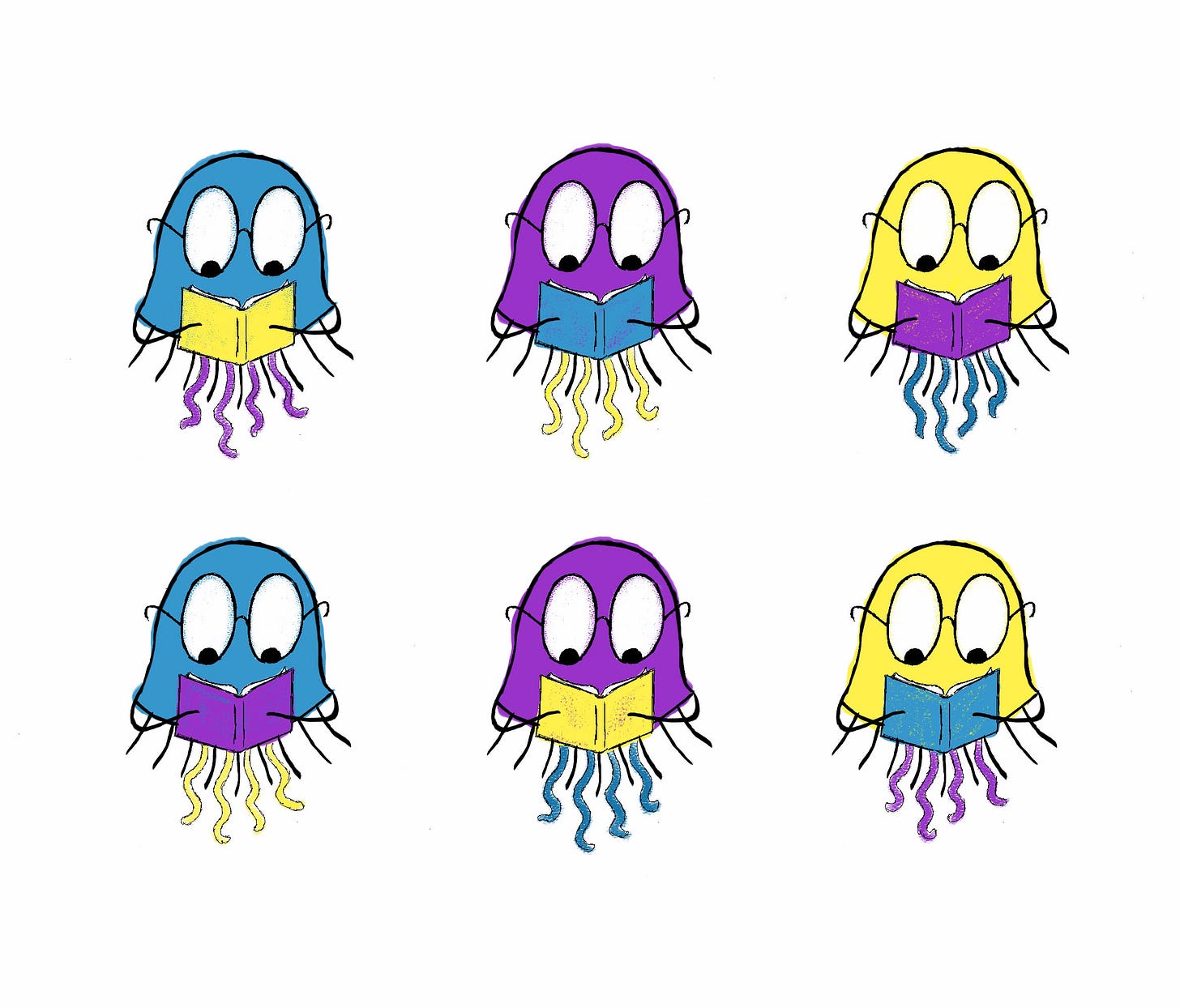Once Upon a Bookshop: The Beginning - Part 2
The Very Real Work of Making Your Dreams Come True
This is a continuation of Once Upon a Bookshop: The Beginning - Part One.
What Does It Take To Open A Bookshop?
I’ve heard many people say they’d like to open a bookshop once they retire, as if opening a bookshop is akin to taking a vacation in Maui or a cruise in the Caribbean—you must just get to read all day! I can’t help but laugh (genially, of course) at their naivety. These people believe opening a small business will be easy, fooled, I think, by that oh-so-misleading word “small.” It can’t be hard if it’s not big, right? Well, let me tell you, opening a small business, especially a bookshop, is one of the hardest (and one of the biggest) things I’ve ever done, not just because I didn’t have experience—I was fairly confident in my ability to learn and adapt—but because I naively thought that my penchant for research and preparation would see me through. I didn’t truly understand what it would take to open a bookshop until I actually did it, and in the process, I’d learn that retail (especially book-centered retail) is a whole different beast in the business world.
The Very Real Work of Making Your Dreams Come True
You need one of two things to open a bookshop: a lot of money or a lot of gumption. As of 2017, I had the gumption, but I didn’t yet have the money. Still, after seeing the Niwot Tribune building, I couldn’t stop thinking about opening a children’s bookstore. Joining the American Booksellers’ Association was the right first step, even though I didn’t know if or when I’d be able to open my shop. With my ABA membership, I gained access to resources that would help me understand the viability of opening a bookstore as well as the basic structure and day-to-day operations.
Along with my welcome letter, I received what is aptly named the ABACUS report, which is the result of a survey distributed every year to gather information on the financial health of independent bookstores around the country. This report was eye-opening, to say the least, with information on bookstore sales and sizes, as well as financial statements, and other useful data. With this wealth of information at my fingertips, I felt like a kid in a candy store. There was so much to learn!
While the ABACUS seemed to provide everything I needed to know about the inner workings of independent bookstores, there was still a lot to learn about opening a small business. I needed to know information that the ABACUS couldn’t provide, such as my surrounding demographics, customer shopping patterns, reading rates, lease details (and negotiation tactics)…the list was endless. But I dove into the distraction happily as, at that point, I was no longer working full time—a state of being foreign to me since I was sixteen.
During my research, I found an article on consumer shopping patterns stating that people tended to travel no more than twenty minutes to shop. So I set my prospective customer radius to include only cities within a twenty-minute drive of where I wanted to open my bookshop. Then I set about gathering all of the information I’d need to know about those surrounding areas, such as population counts, age ranges, education levels, household income, and, of course, reading expenditures. I used data from the US Census Bureau, Statistica, Bureau of Labor Statistics, and National Center for Education for information on nearby schools and enrollment rates to help me determine the types and levels of stock I’d need to carry.
Some of you may be bored to tears by now, but if you’re like me, you’ll find this information fascinating, and you may even find it useful if you’re interested in opening a bookshop of your own someday.
Not only was I excited about the possibility of making my dream a reality, but I was also comforted by the feeling that no matter how much I procrastinated with my writing, I was still working to create something. In addition to reviewing the ABACUS and doing my own research on opening a small business in my area, I signed up for online training with Paz and Associates—a bookstore training group offering education and resources for those interested in owning and operating a bookstore. Then, I used all of my new knowledge and information to create a business plan and pitch deck (just in case I wanted to get a loan or seek investors). Once the business plan was complete, I realized I was missing something integral to the coalescence of my new creation. Though it didn’t yet exist, my future bookshop needed a name.
What’s in a Name?
In 2016, I wrote a picture book manuscript called Jellyfish Wants a Hug, about a Jellyfish who sees people hugging and decides he wants one of his own. He wanders around looking for someone to hug, but every other creature he approaches either doesn’t want to hug him or can’t. I realize now that that story inspired the name I eventually chose for my bookshop. I didn’t realize this, though, until an old writing critique partner of mine visited the shop. While looking up at the sign that read The Wandering Jellyfish Bookshop, she said, “I always loved that manuscript.”
But before then, in 2017, when the bookshop was still just a daydream and a bunch of word documents on my computer, I sat in my reading chair, laptop teetering on my knees, and made a list of possible bookstore names. I wish I could find that document now. I’m sure I had some pretty good names on it (and some pretty awful ones too). Alas, it has been lost with time! Though I can’t remember any of the other names I’d come up with that fateful day, I know that The Wandering Jellyfish was the best one, and I know why, too.
I wasn’t thinking about my manuscript when I chose that name (at least, I don’t remember thinking about the manuscript, though I’m sure my subconscious played a part), I was thinking about the brand. I wanted to create a brand that would be instantly recognizable through the name, logo, and merchandise. I wanted a mascot that could someday become a stuffie (we did have stuffies made, and they were everything I thought they’d be), and a jellyfish seemed like the perfect pick. Something about a jellyfish felt childlike, which was not such a great thing later when we tried to entice more adult readers into the shop.
Most of all, though, The Wandering Jellyfish conveyed that almost magical element I’d been hoping for: enchantment. The name was enchanting at best and confusing at worst. In the first year, I had people praise the name and others wonder aloud why a bookstore located in landlocked Colorado was named after a brainless (and eyeless) sea creature. These questions died with time, but the enchantment and charm of the name and the logo lived on.
Even though I had a name and a business plan, I still didn’t have a space or the money I’d need to make my dream a reality (according to my calculations I’d need about $150,000). As happens sometimes in writing, I’d hit a wall. My story was stuck in the outline stage, and I wasn’t sure if this idea had what it took to become a full-fledged novel. So, I put all of my research away and waited for another sign from the universe.








